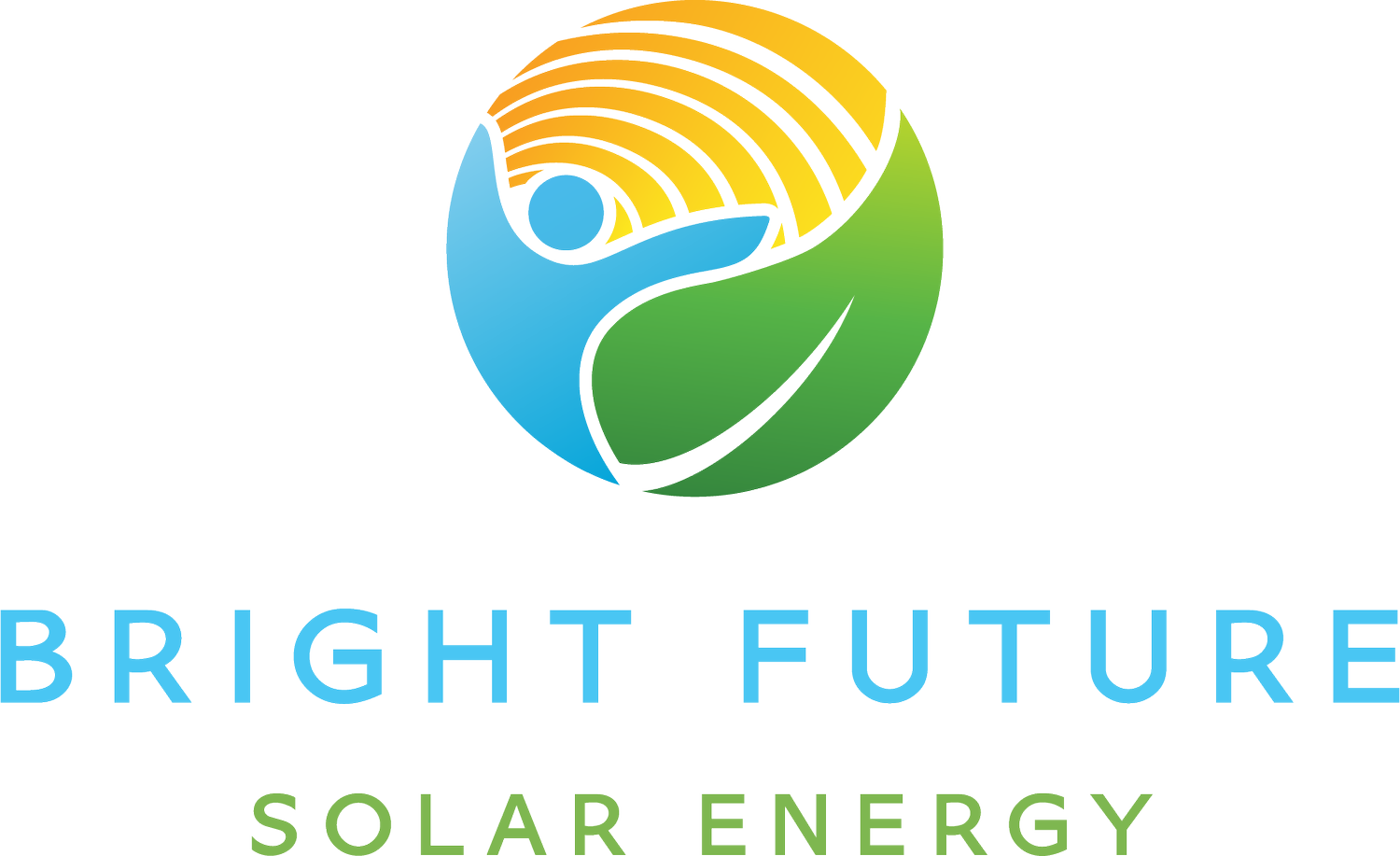The Future of Solar: What Homeowners Need to Know in 2025
Solar energy has progressed greatly since 1980, and in 2025, 45 years later, it will mark a major milestone in its evolution.
If you’re considering making the switch to solar this year, here’s everything you need to know about the latest trends, benefits, and options available.
Solar Installation in 2025:
The days of clunky panels and long, expensive installation timelines are no more. Thanks to groundbreaking innovations in photovoltaic cell materials, solar panels in 2025 are now lighter, more efficient, and more durable than ever before. These improvements have led to significant reductions in installation time and labor, making the process more streamlined and cost-effective for homeowners.
Aesthetic integration is also a key trend this year. Sleek, low-profile panels that blend seamlessly with various roofing styles are increasingly popular, allowing homeowners to maintain their home’s curb appeal while powering it with clean energy.
Cost Breakdown: How Much Does Solar Really Cost in 2025?
The cost of installing an average-sized home solar system in 2025 is approximately $29,360 before incentives. However, with the 30% federal solar tax credit, the net cost drops to about $20,552. Add in local rebates and incentives, and the final cost can be even lower.
Here are five key factors that affect the final price of your solar installation:
Panel Choice – Efficiency, brand, and output rating influence panel cost.
System Size – Larger systems cost more but produce more energy and long-term savings.
Additional Hardware – Batteries and energy storage systems increase costs but offer better energy independence.
Purchasing Method – Financing can add up to 47% more than paying in cash.
Installer – Prices vary significantly by company.
Savings Over Time: Is Solar Worth It?
Yes, if you live in the right conditions and take advantage of available incentives. In many areas, homeowners see immediate reductions in their monthly electric bills after installation. Over a 25+ year system lifespan, solar panels can save homeowners thousands of dollars.
And with electricity prices continuing to rise, up 6.2% from 2022 to 2023, solar offers a way to lock in stable, predictable energy costs. Depending on your location, your solar payback period (the time it takes to break even) could be as short as 3.7 years.
DIY vs. Professional Installation: Which Is Right for You?
In 2025, homeowners can choose between DIY solar kits and professional installation:
DIY Kits: Lower upfront costs and suitable for those with strong technical skills and time. However, DIY systems require navigating permits, codes, and safety risks.
Professional Installers: Higher cost, but they handle everything—from design and permits to installation and optimization. Plus, most professionals offer warranties and maintenance plans, adding peace of mind.
Ultimately, we will recommend professional installers like us, Bright Future Solar Energy, as it is safer and saves more time for you, the homeowner.
Maximize Savings with Net Metering and Energy Storage
Net metering is one of the most powerful tools for solar savings in 2025. It lets homeowners sell surplus electricity back to the grid and earn credits to offset future usage. Many states have enhanced their programs this year with higher compensation rates and more flexible billing options.
In addition, home energy storage systems like Tesla’s Powerwall allow homeowners to store unused solar power for later use. This is particularly beneficial during outages or peak-rate hours, helping you maximize every watt of solar energy your system produces.
What’s Next? Solar-Powered EV Charging and Smart Homes
As EV adoption skyrockets, homeowners are leveraging their solar systems to power their vehicles as electric vehicles become more popular. Solar-powered EV charging not only reduces reliance on fossil fuels but also slashes transportation costs.
Looking further ahead, integration with smart home technology is transforming how people use energy. Smart thermostats, real-time energy monitoring, and AI-powered energy management systems are helping homeowners cut waste and enhance efficiency—all while staying in control from their smartphones.
Is Solar Right for Your Home?
To determine whether solar is worth it for you in 2025 reach out to us as we can help with:
Do you qualify for federal or state tax incentives?
Does your home receive ample sun exposure?
Is your electric bill high enough to justify the investment?
Does your utility provider offer net metering or other credits?
How long do you plan to stay in your current home?
Final Thoughts
With costs dropping, incentives available, and smart energy tools more advanced than ever, 2025 is an ideal time to go solar. Whether you’re looking to cut your energy bills, power your EV, or boost your home’s sustainability, solar energy is no longer just a trend—it’s the future of homeownership.
